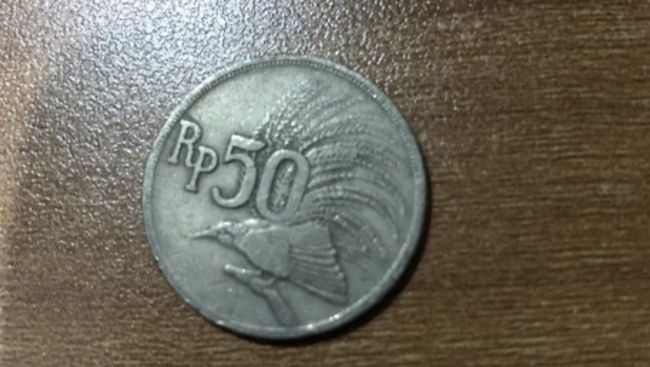The study published in the journal Trends in Ecology and Evolution (Trends in Ecology and Evolution, in simple translation) was carried out by scientists at Deakin University in Victoria, Australia.
“It’s time to recognize that animals also need to adapt to these changes, but it’s happening in a shorter period of time than anticipated, from an evolutionary perspective,” said lead researcher on the project, Sarah Ryding.
Specifically, the study highlights that changes are taking place in birds.
The Australian parrot has seen a four to 10% increase in beak since 1871, as have the dark-eyed reeds (a small singing bird) in North America, which have also seen their beak grow.
In addition to the evolution of beaks in birds, wood rats also showed an increase in tails and masked shrews a growth in legs.
To understand the morphological changes in animals, Sarah Ryding analyzed specimens from Australian bird museums from the past 100 years.
The researcher warned, however, that the changes in the structure of the species do not mean that “everything is fine”.
“[A mudança] it means that they are evolving to survive climate change, but we do not know the other ecological consequences of the changes and whether, in fact, all species are capable of doing this and surviving”, he maintained.
–


